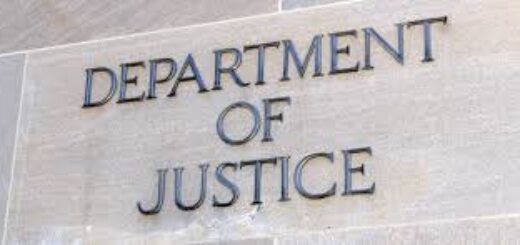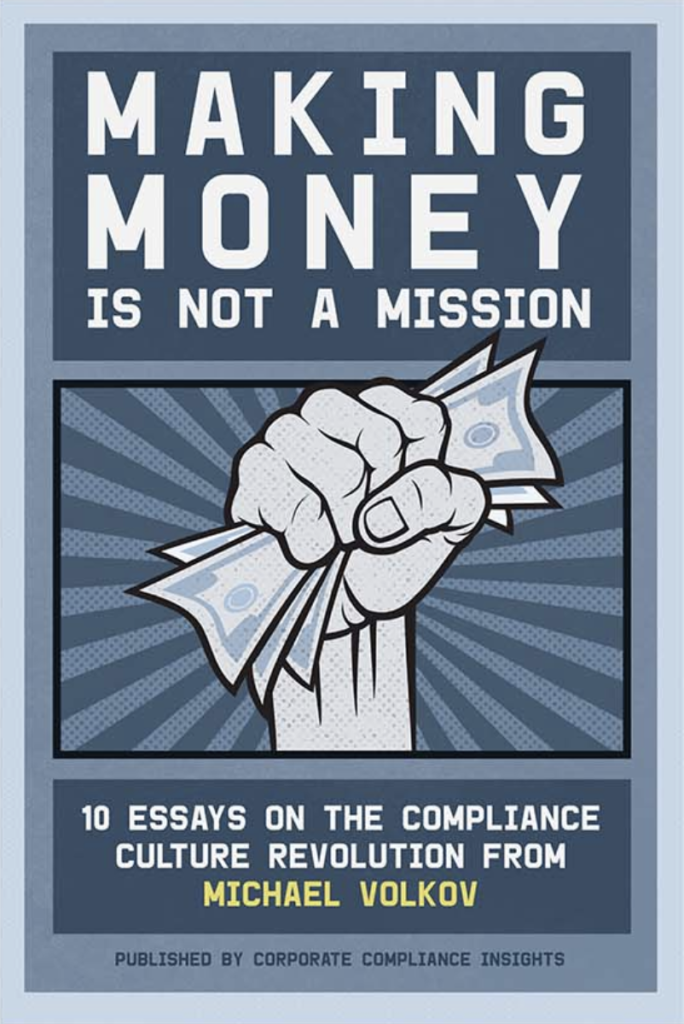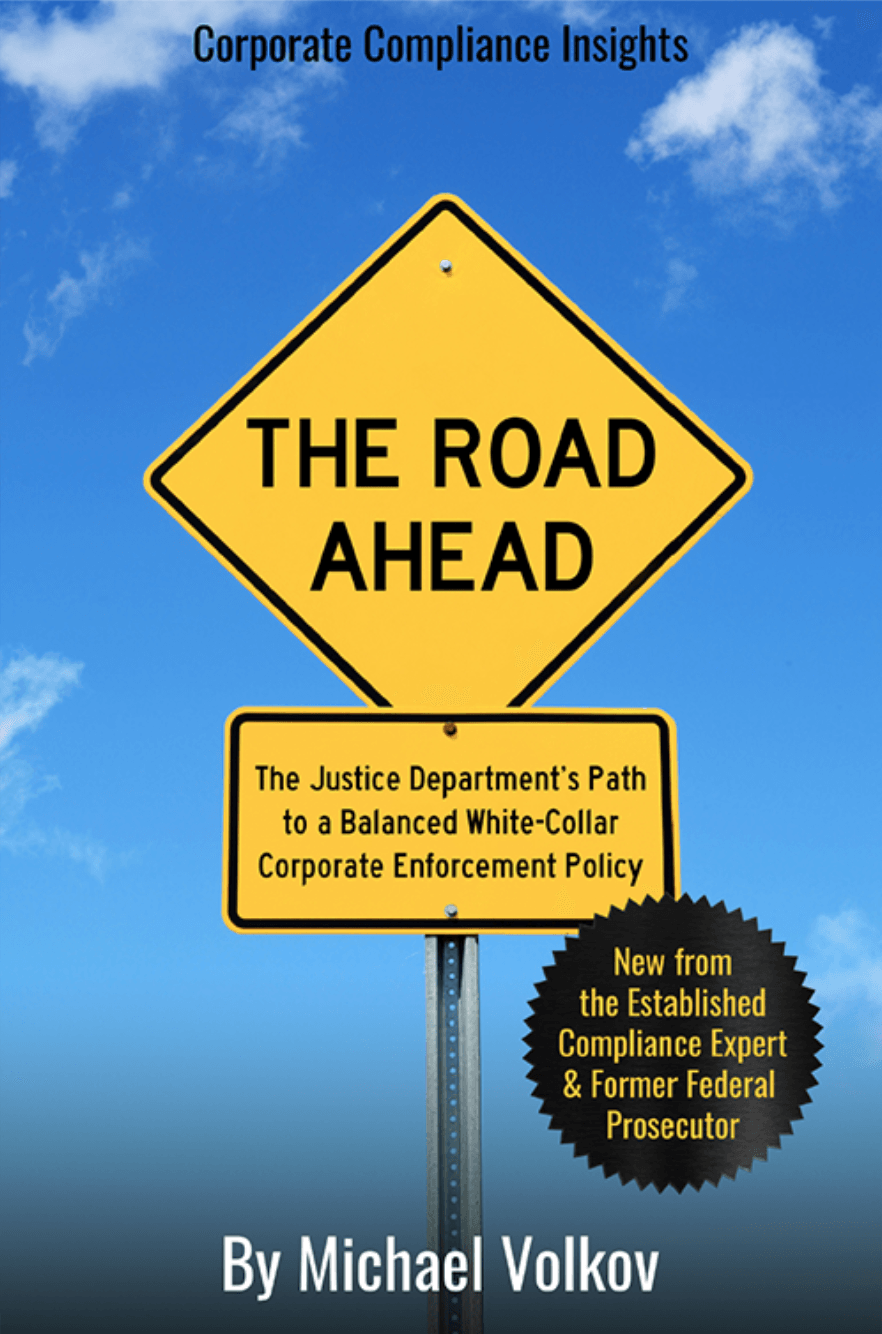FCPA Compliance: Navigating Joint Venture Risks (Part V of V)
 Joint ventures pose a unique constellation of anti-corruption risks. Like third-party risks, companies that enter into joint ventures face significant anti-corruption risks, especially in those situations where a state-owned entity is the joint venture partner.
Joint ventures pose a unique constellation of anti-corruption risks. Like third-party risks, companies that enter into joint ventures face significant anti-corruption risks, especially in those situations where a state-owned entity is the joint venture partner.
By definition, companies do not have the same authority over third parties and joint venture partners as they can when it comes to their own employees.
A company faces two kinds of risks with joint venture partners – internal risks relating to its interactions with the state-owned entity as a joint venture partner, and then external risks created by the joint venture itself.
Some basic questions have to be reviewed when considering joint venture anti-corruption risks:
- What is the reason for entering into a joint venture with a state-owned company?
- What is the expertise and role that each party brings to the joint venture?
- What is the ownership percentage of each partner?
- Who will manage the day-to-day operations of the joint venture?
- Who will be responsible for establishing compliance program and other internal controls? What standards will be applied?

Joint venture risks can be created by the structure and operations of the joint venture. Given a legitimate business justification and purpose for the joint venture, the ownership and management set up can mitigate risks. If a company maintains legal and management control of a joint venture, the company’s risks should be mitigated to the extent it is responsible for designing and implementing a compliance program and internal controls. The company still has to be mindful that joint venture partner employees abide by the joint venture compliance procedures and internal controls rather than the compliance and internal controls of its own company.
When control and management authority is split 50-50 between joint venture partners or when the joint venture partner has control of the joint venture, anti-corruption risks increase.
In these split or less than control situations, a partner company can quickly be overwhelmed by conduct of its partner that creates significant anti-corruption risks. To protect against these situations, a company has to carefully craft a joint venture agreement to mitigate such risks and avoid uncomfortable situations and activities. If the joint venture agreement does not provide such protections, a company may be left with persuasion and cajoling a controlling partner to abide by the law or avoid risks situations. In these circumstances, a company has to document ist efforts and communications to avoid risks and potential misconduct.
If a global company joins with a local company in a joint venture partly because of the local partner’s ability to navigate  local regulations and government requirements, these risks may become very significant without adequate compliance and internal controls.
local regulations and government requirements, these risks may become very significant without adequate compliance and internal controls.
Given that local regulatory interactions can often be high-risk, a global company has to ensure that certain controls are imposed. That may be difficult when there is language or custom barriers to such interactions. Language can become a natural barrier to exercise of basic controls over high-risk activities. Global companies should not necessarily hire from the local market but they may want to ensure that its managerial employees speak the local language.















